RECOIL OFFGRID Survival Medicinal Plants
In This Article
Walking through the woods is often a peaceful journey to reconnect with nature. But occasionally, that peace is disrupted by a fall and an injury. Knowing how to take care of the injury is essential. Often, medicinal plants aren’t thought of due to the unfamiliarity with what’s available. Knowing the area is important and should be part of the planning for the hike. Knowing what medicinal plants are available in that area is just as important. In this article, medicinal plants will be discussed as they relate to inflammation, analgesia, and muscle relaxants. Although there are many options, what follows is just a few offerings. What is discussed here can be found in (but not limited to) North America, and becoming familiar with them can turn a bad situation on a hike into a more tolerable one.
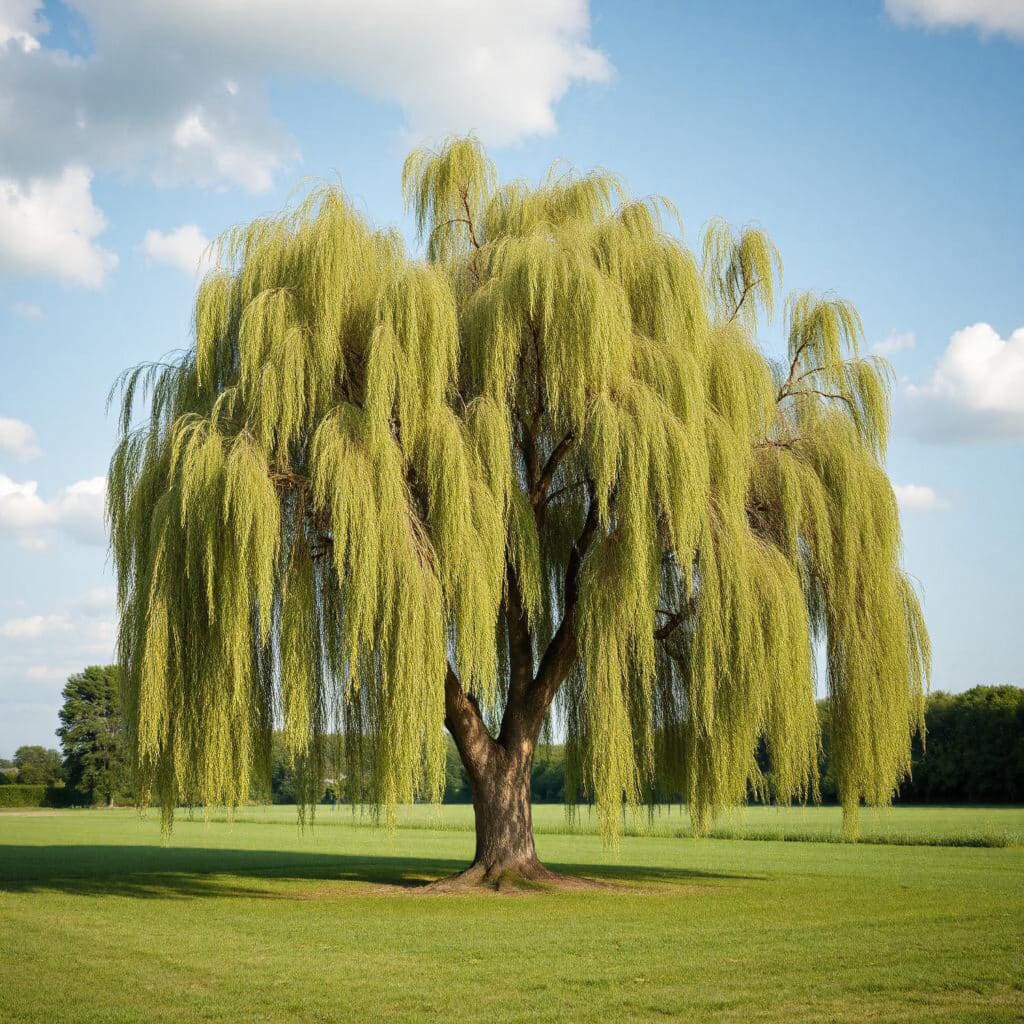
Willow
The first offering is that of the willow tree (Salix spp.). The classic weeping willow tree can grow to 40 feet and loves the sun-filled spaces. The tree can be found throughout the United States. It contains an active ingredient called salicin, which works like salicylic acid (aspirin). This component will inhibit some of the precursors of inflammation (e.g., prostaglandins). The inner bark is used and can be chewed or brewed as a tea. Because it resembles aspirin, it also exerts antiplatelet activity. Careful attention to bleeding should be observed.
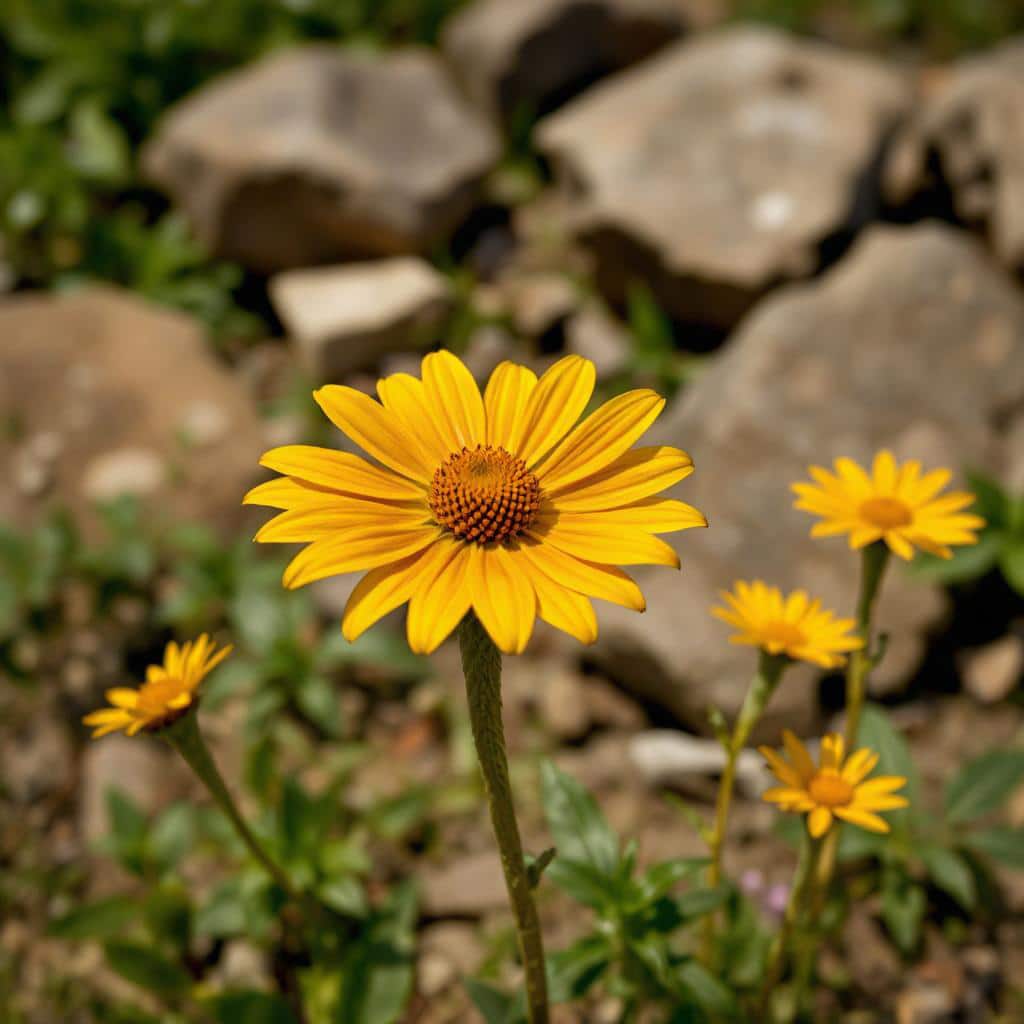

Arnica
Arnica montana should be considered for topical uses and often needs to be diluted in a 1:10 ratio. The bright yellow flowers with hairy green leaves are characteristic of this plant. Growth tops out about two feet. It loves the grasslands and pastures of the mountainous regions of North America and Northern Europe. Arnica also inhibits inflammation precursors (e.g., TNF alpha, IL1Beta, IL6, IL 12). The yellow flower is the part that’s used to apply to the wound. There are also some analgesic properties associated with this medicinal plant. Arnica is poisonous if ingested and may cause an allergic reaction. It does exhibit some antiplatelet activity, so care should be warranted to watch for bleeding.
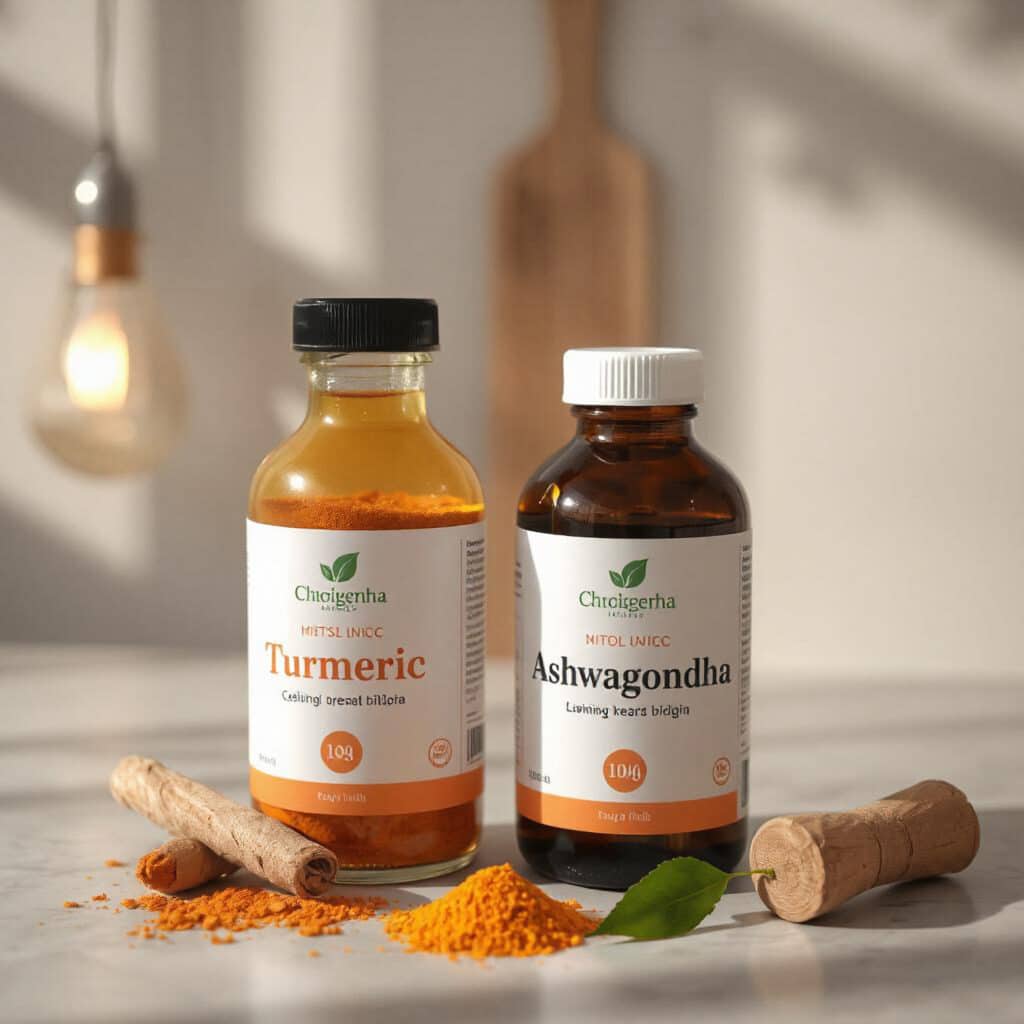
Ashwagandha and Tumeric
A popular medicinal plant that has gained public recognition is Withania somnifera (Ashwagandha). This plant can grow up to five feet in tropical climates of India, the Middle East, or Africa. The leaves are oval, and the flowers are yellow in color. The fruit is green and resembles cherry tomatoes. The root is often used for medicinal purposes. Its active ingredient is withanolide, which provides COX inhibition and has efficacy similar to that of hydrocortisone. It also represses pro-inflammatory cytokines IL-6, IL-1ß, IL-8. This down-regulation of gene expression of these cytokines contributes to its anti-inflammatory response. This medicinal plant should NOT be used in pregnancy as it can induce miscarriage. Other adverse effects include nausea, vomiting, and drowsiness, among other reported effects. It should not be used with other benzodiazepines or barbiturates due to its central nervous system depressant effects. This can be bought as a supplement or found in its native habitat.
Curcuma longa (turmeric) is found in Belize, Costa Rica, the Caribbean, and Southeast Asia. The plant can reach heights of three feet. The leaves are long and simple, with small flowers ranging in color from white to orange. The orange root is often ground and contains the active ingredient curcumin. It acts as an anti-inflammatory by inhibiting tumor necrosis factor-alpha. It can also act as an analgesic, but the mechanism isn’t understood. Side effects could include an allergic reaction or gastrointestinal distress. Turmeric can also potentiate the formation of kidney stones, so be advised. It can also interfere with some chemotherapy drugs (cyclophosphamide and doxorubicin) because of a similar metabolic pathway.
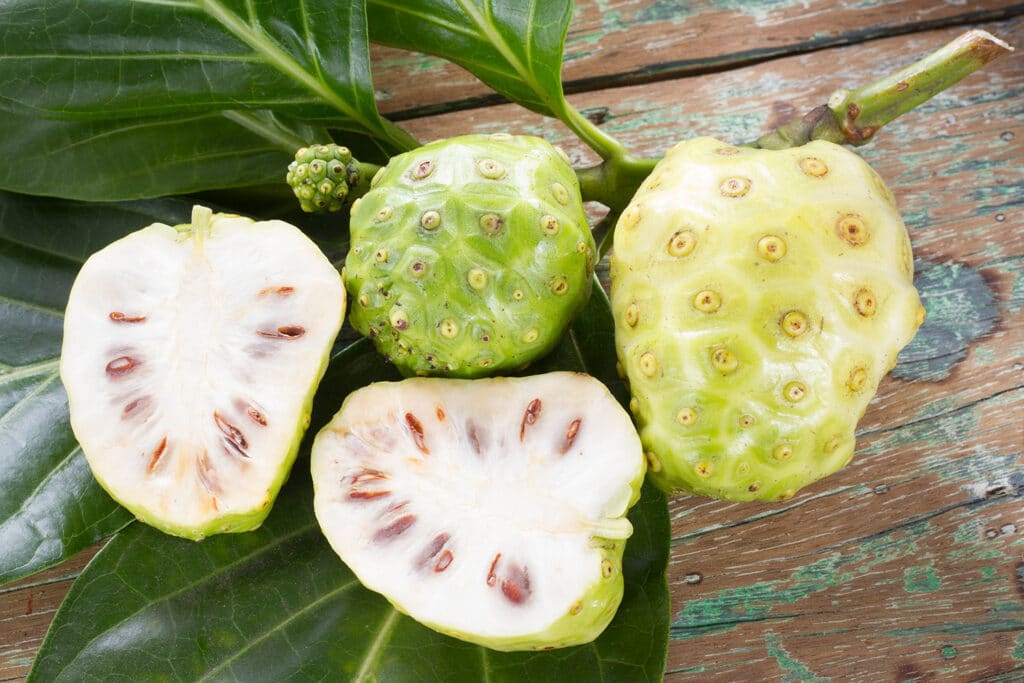
Hog Apple
Found in Florida, Morinda citrifolia (aka Noni or Hog apple) can be used as an analgesic. This small tree (18 feet) can have square-like twigs with long, large leaves. The fruit (3.5 inches) is green on the outside and white with dark seeds on the inside. It can be eaten directly, although it has a strong odor. The leaves and roots can be brewed as tea. The analgesic mechanism of action is not understood; however, it’s antagonized by naloxone. Naloxone is the “antidote” for opium intoxication and implies that Noni may bind to opioid receptors. It can also have anti-inflammatory properties because it works on precursors to the inflammatory cascade. Some side effects include diarrhea, liver damage, and elevated potassium.
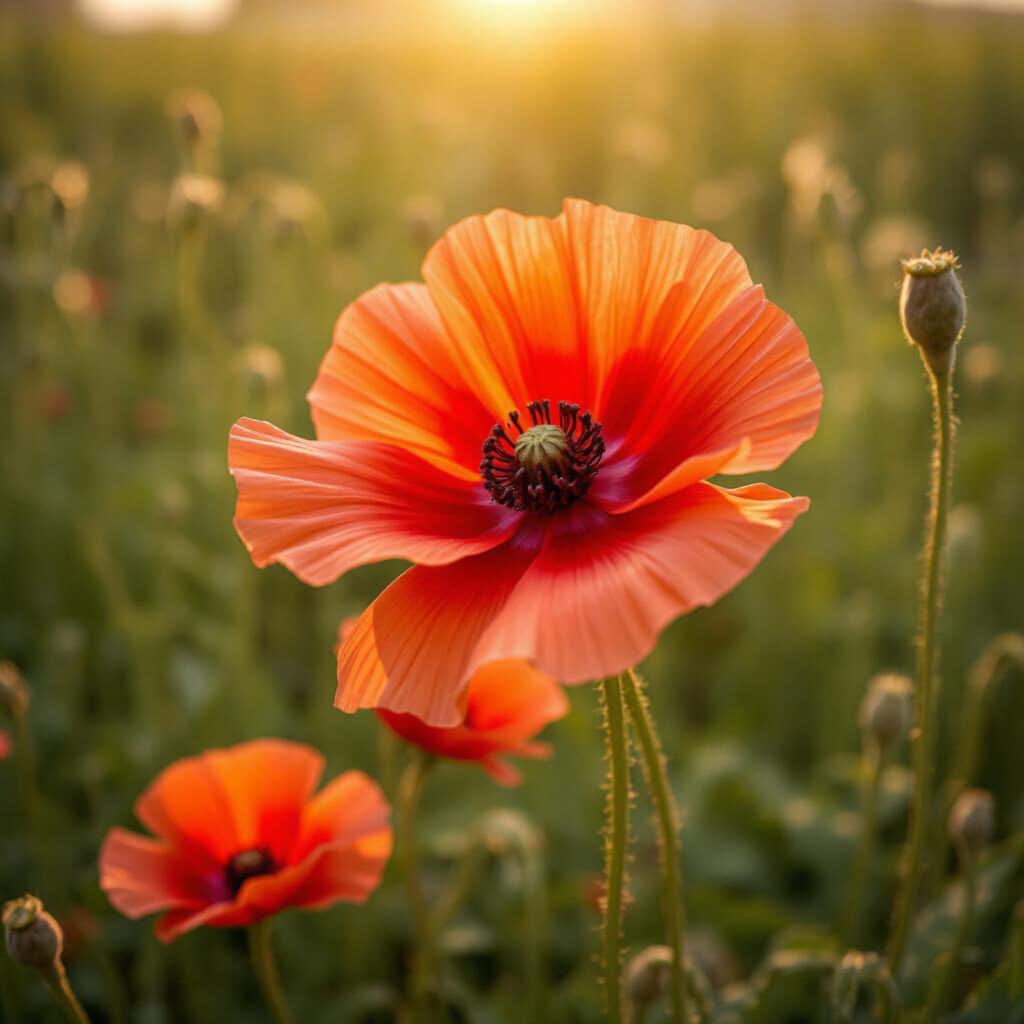
Poppy
The second offering in terms of an analgesic is Papaver somniferum (opium), found in about two-thirds of the United States. It can reach about 40 inches tall and is known for its red flowers but can be white. The fruit is round and grayish green in color. This plant has derived such medications as morphine, heroin, and fentanyl, which are controlled substances requiring a prescription to possess. It is not illegal to grow small amounts of poppies in your herb garden. Check with local authorities before deciding to grow the medicinal plant. This drug works on opioid receptors that help modulate pain. It can also have muscle relaxant properties as well. Some adverse reactions could include constipation, nausea, hallucinations, and withdrawal symptoms as well. The poppy seeds can be steeped in hot water and drank as tea.
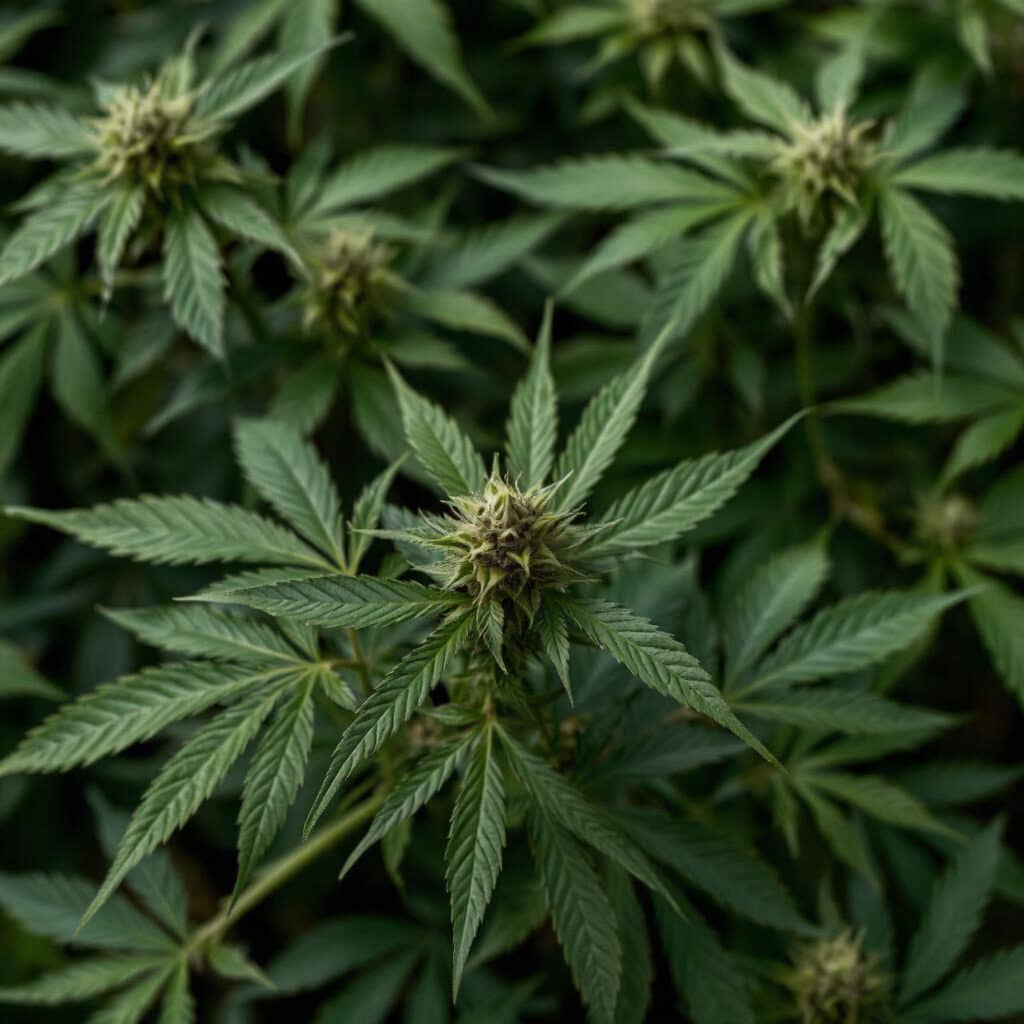
Cannabis
Another illicit plant is that of Cannabis sativa (marijuana). This plant can grow up to 12 feet tall and prefers sunny areas. Found throughout the United States, it is becoming more acceptable to use for medicinal purposes. Only four states have banned all uses of marijuana (Idaho, Wyoming, Kansas, and South Carolina). All other states have some degree of tolerance for the medicinal plant. The active ingredients are cannabinoids (e.g., THC and CBD) that bind to cannabinoid receptors (CB1 in the central nervous system and CB2 in the immune system). These affect the binding proteins (e.g., GABA, NMDA), which play a role in muscle contraction and inflammation.
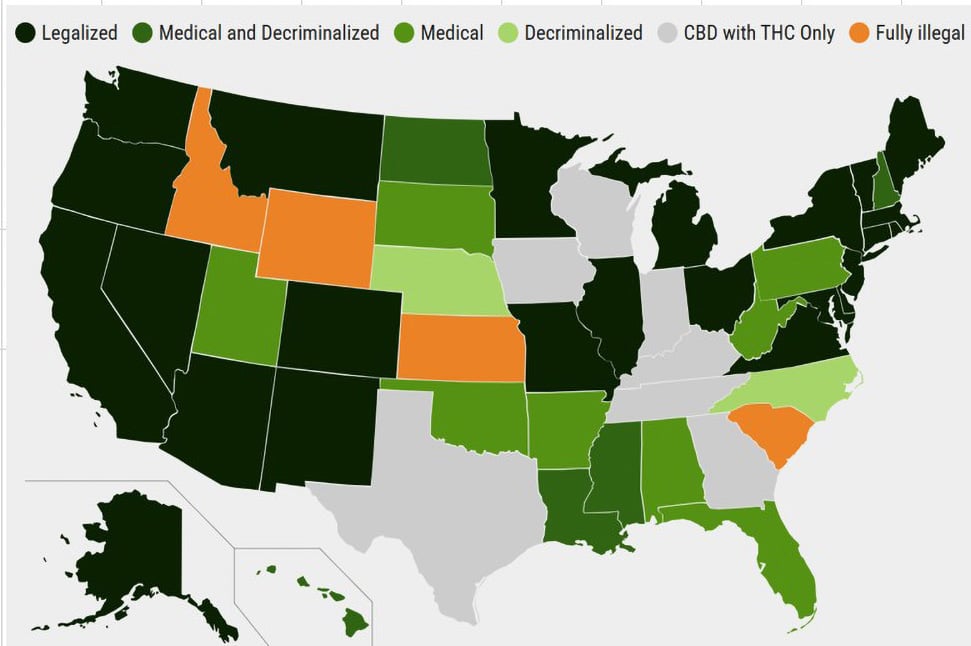
Although reasonably well tolerated, nausea can be a side effect. In extreme cases, intractable vomiting may occur (cyclic vomiting syndrome). This often requires stopping marijuana use and can even require hospitalization due to dehydration and frequent vomiting.
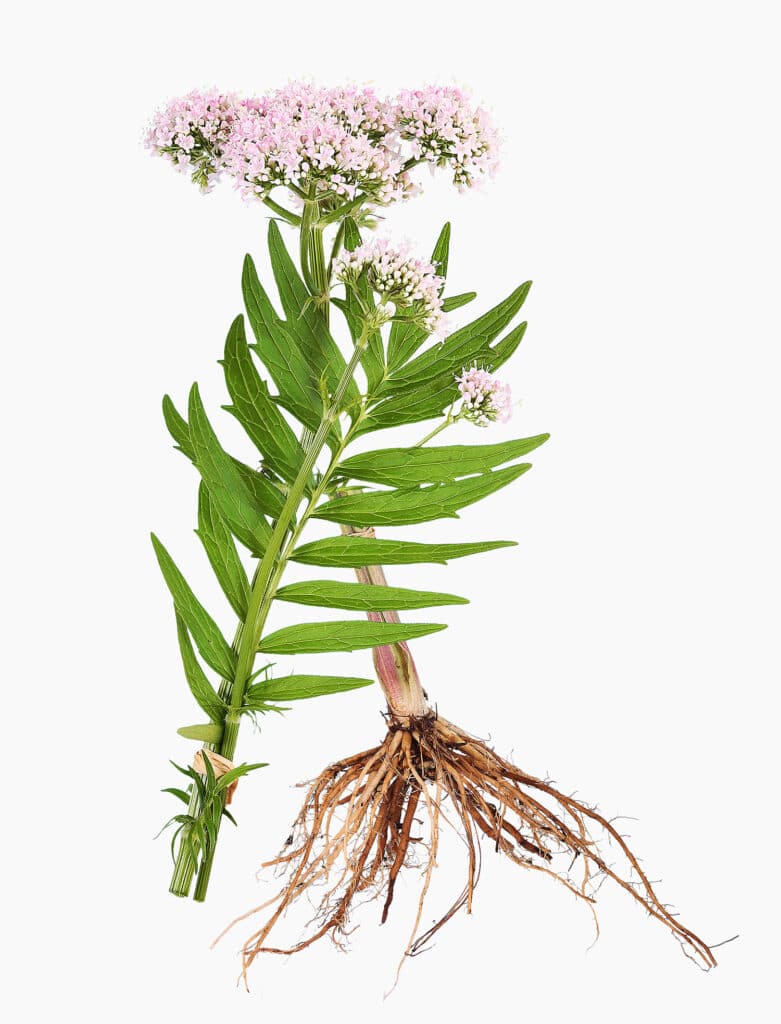
Valerian Root
Valeria officinalis (valerian root) can be found throughout the United States. This perennial plant can grow up to five feet tall and has pink or white flowers. The root can be used as a tea, or an extract can also be utilized. The active ingredient, valeric acid, works on the GABA A protein in the cell by binding to the site where benzodiazepines bind. This is likely the reason for the muscle-relaxing properties. It’s generally well tolerated but can have liver toxicity with long-term use.
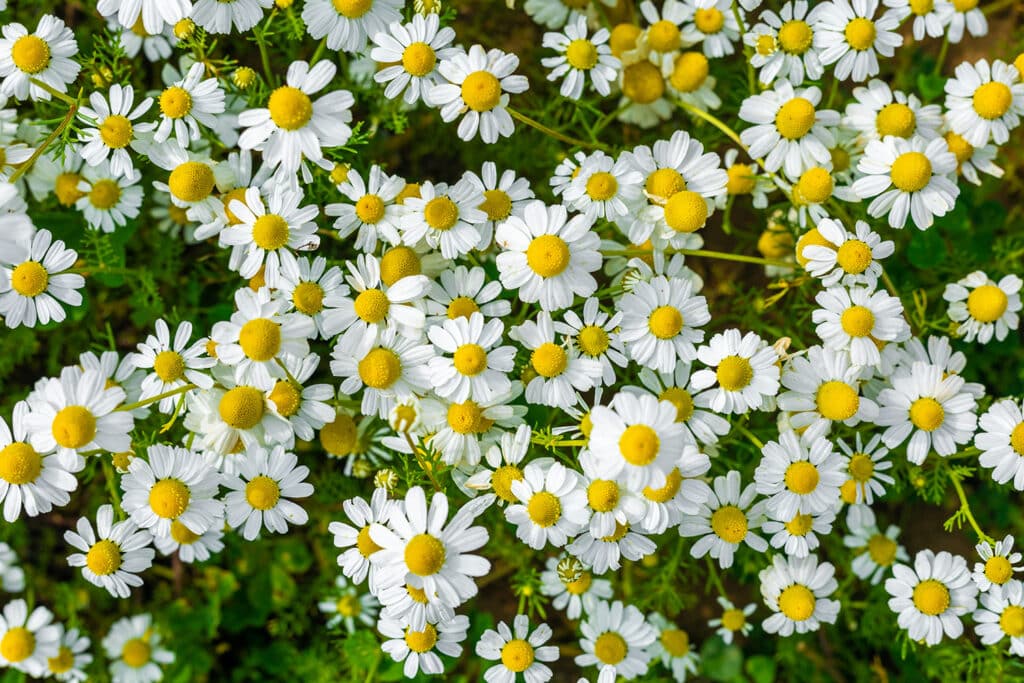
Chamomile
Another plant that can be found in essentially every state is Matricaria recutita (chamomile). This plant can grow one to two feet tall and prefers sunny locations. This pretty, white flower with a yellow center blooms from June to August and contains apigenin. This active ingredient binds to GABA A receptors similar to benzodiazepines and yields a muscle relaxant effect, similar to valerian root. It also has some anti-inflammatory properties by inhibiting COX 2 enzyme systems. Chamomile is generally well tolerated and may only yield an allergic reaction. The flowers can be brewed as tea, or they can be used topically on a wound.
The next time a hike is undertaken, attempt to discover some of these plants. Know what plants are found in the area. Get additional books to review the many plants that can have medicinal value. A helpful website is the Memorial Sloan Kettering Herbal Database (mskcc.org). This site will review much of what’s summarized above and go into more depth about the plant.
While this is a short list of medicinal plants, it’s meant to give the reader a starting point for the study of medicinal plants and their benefits. Many of these plants have benefits other than those listed above. For ease of discussion, the areas where these plants can be found were limited to North America. This is by no means a suggestion to replace what medicine is being prescribed. Often, there can be interactions with medicines, so be advised. Always consult a pharmacist or physician before starting any medicinal plant supplement.
David L. Miller, DO FACOI, is an internist in private practice for 20 years. His experiences away from the office have included time as a fight doctor in regional MMA events and as a team physician for 10 years at a mid-major university in the Midwest. Currently, he serves as the lead medical instructor for the Civilian Crisis Response team based out of Indianapolis.
Don’t miss essential survival insights—sign up for Recoil Offgrid’s free newsletter today!
Check out our other publications on the web: Recoil | Gun Digest | Blade | RecoilTV | RECOILtv (YouTube)
Editor’s Note: This article has been modified from its original version for the web.
 STAY SAFE: Download a Free copy of the OFFGRID Outbreak Issue
STAY SAFE: Download a Free copy of the OFFGRID Outbreak Issue
No Comments